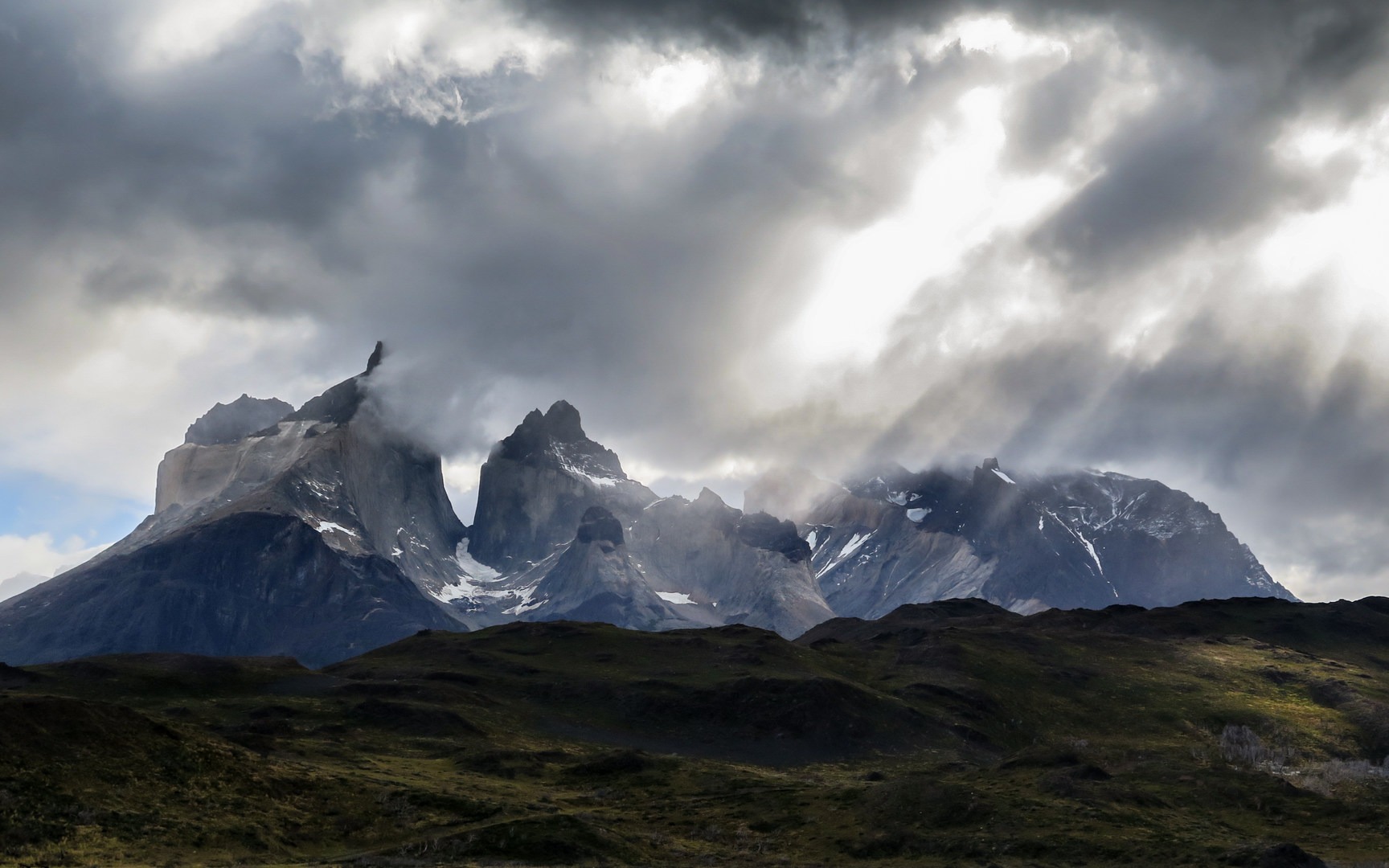You are here
Torres del Paine National Park in Chilean Patagonia is one of the world’s ultra-classic outdoor icons, in a class with Yosemite Valley, the Alps, and the Serengeti. As rugged, high-latitude destinations like Patagonia, Iceland, and New Zealand have rocketed in popularity, Torres del Paine has only increased its renown with adventurers today, and the W trek is the park’s main attraction. Named for the shape of the trail as it reaches into three neighboring valleys in the Paine massif, the W trek takes hikers past the park’s most memorable features, including Glaciar Grey, the Valle Francés, the Cuernos del Paine, and the eponymous Torres del Paine.
Covering approximately 55 miles, the W encompasses impressively diverse terrain that includes mountains, glaciers, lakes, rivers, forests, and plains. Big views and bright colors are around every corner, and frequent storms enliven the landscape with a harsh vitality. Wildlife also thrives in the park, with South American highlights such as guanacos (similar to llamas), rheas (similar to emus), and condors being local treats for visitors from the Northern Hemisphere.
Hikers have two options for their nights in the park: camping or shacking up in small lodges, called refugios, located at convenient checkpoints along the trail. Campers should be prepared with gear that can stand up to the furious, persistent Patagonian wind and weather, while those staying in the refugios can be sure of a sturdy place to rest and a warm meal. Rooms are multiple-occupancy with bunk beds; lodgers are fed hot breakfast and dinner on-site and given sack lunches for the trail. Campsites and lodges have a friendly, social atmosphere among the worldwide visitors that is neither overwhelming, irritating, nor disruptive to sleep.
The trail is most often hiked from west to east in an attempt to keep prevailing winds coming from behind. This version of the hike begins with a ferry to the Paine Grande lodge area across beautiful Lago Pehoé, tantalizing hikers with views of the iconic Cuernos del Paine. Over the next five days or so, trekkers visit Glaciar Grey, the Valle Francés, and the Torres del Paine in sequence, each representing one arm of the W. Several different permutations of overnight locations are possible, allowing hikers to choose how long their daily hikes will be. Reservations and permits are required on this popular trek, so book your accommodations well in advance.
Before heading into the park, most Torres del Paine hikers pass through Puerto Natales, Chile, a small town that serves out-of-town adventurers well. Numerous hostels are available that are filled with hikers and mountaineers discussing their upcoming adventures and exchanging tips. To get to Puerto Natales, one can fly into either Punta Arenas, Chile, or El Calafate, Argentina, and catch one of the regularly scheduled coach lines to Puerto Natales. Itineraries quickly become intricate as visitors must string together multiple legs of travel to reach the remote park. However, the preeminence of the W trek usually results in vendors aligning their schedules so all of the key travel legs fit together nicely. If you have more time available in Patagonia, many more great adventures are available in the region, from Tierra del Fuego in the south near Punta Arenas to Glaciar Perito Moreno and the Fitz Roy range (famous from the Patagonia brand logo) further north in Argentina.
For a week-long journey in a remote land of intense beauty and geographic variety, the W trek in Torres del Paine National Park is tough to beat.
Logistics + Planning
Current Weather: Powered by Dark Sky


























Comments
Sign In and share them.